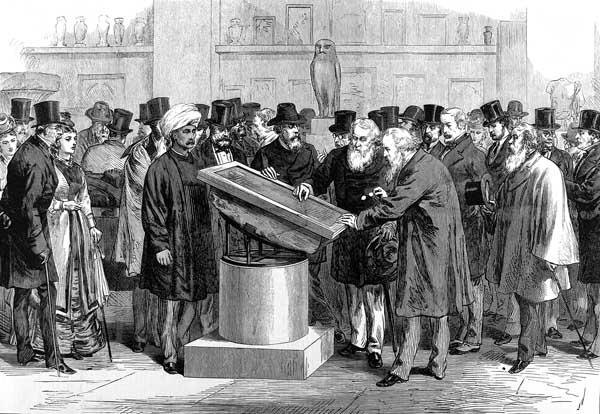
Story Highlights
- Historical event:
- 15 July 1799
- It is interesting that the stone was discovered by French soldiers who then waged a war in Egypt under the leadership of Napoleon Bonaparte. This Napoleon's expedition to Egypt was one of the most extraordinary military adventures in history. The French called the Egyptian town of Rashid Rosetta, so the stone was named after the French version of the town’s name. General Napoleon, who returned from the attacks on Palestine at that time, personally looked at the stone.
The famous Rosetta Stone, which enabled the deciphering of Egyptian hieroglyphic script, was found on this day in 1799 and certainly belongs among the most important archaeological discoveries of all time.
It is interesting that the stone was discovered by French soldiers who waged a war in Egypt at that time under the leadership of Napoleon Bonaparte. This Napoleon’s expedition to Egypt was one of the most extraordinary military adventures in history. Namely, the young 28-year-old Napoleon set sail from France towards distant Egypt the year before with a huge fleet of 40,000 soldiers, 10,000 sailors, 27 warships and 400 cargo ships.
At that time Napoleon was not yet a political leader, but the young general on the rise. His great army conquered territory in Egypt, and he then, much like Alexander the Great, set out to conquer the East. He penetrated to Palestine, occupied Jaffa, Haifa, Tir and Nazareth (the birthplace of Jesus Christ in Galilee). At mount Tabor (place of the Transfiguration of Jesus), the French defeated the army of the Ottoman Empire, but failed to take the fortified port of Akon, so they returned to Egypt. In the midst of these battles, the Rosetta Stone was found. It was discovered by the French officer Pierre-François Bouchard protruding from the ground.
It seems that the Stone was accidentally brought to light while the French were fortifying one of their ports in Egypt, near the town of Rashid. The French called the Egyptian town of Rashid Rosetta, so the Stone was named after the French version of the town’s name. The mentioned officer Bouchard notified the superior general of the discovery of the Stone and he called in the scientists to inspect it.
The importance of the Stone vas very quickly grasped by the scientists, because it contained the same inscription in three letters – hieroglyphic, demotic (a simplified Egyptian script) and Greek. General Napoleon, who returned then from the attacks on Palestine, personally looked at the stone. It was indicative that the Egyptian hieroglyphs could be deciphered with the help of this Stone, which was finally done by Frenchman Champollion 23 years later, a year after Napoleon’s death.




